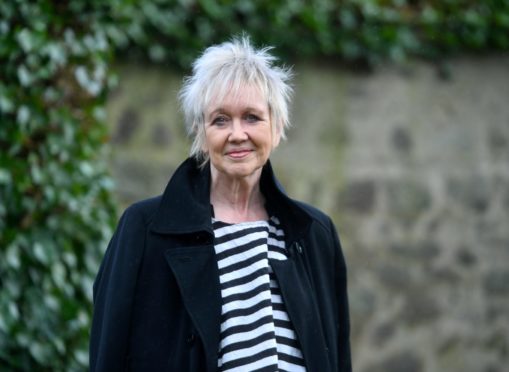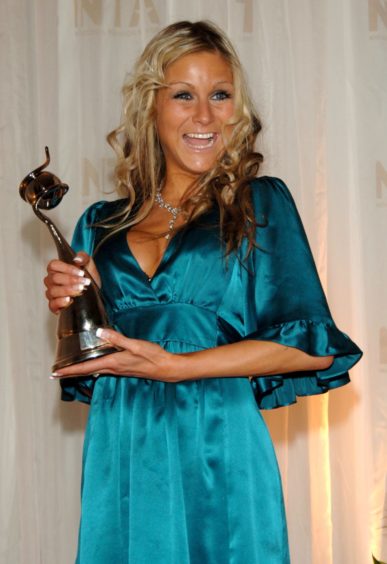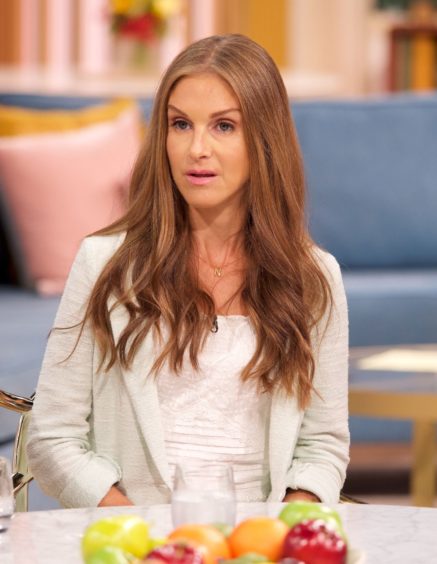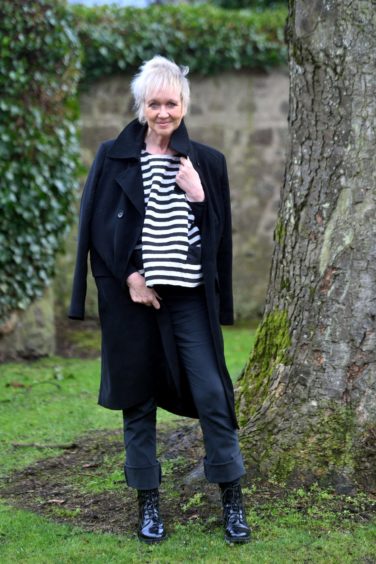The tragic death of former Big Brother contestant Nikki Grahame, at the age of 38, has demonstrated the dire impact of the pandemic on people with eating disorders. Shortly before her death, Nikki’s mum had opened up about how lockdown had affected her daughter – who had battled anorexia for most of her life.
At the end of February, Press and Journal features writer Ellie House spoke to an Aberdeen doctor about the increasing problems in the north-east.
An Aberdeen doctor has warned that more people are falling victim to eating disorders as they suffer “death from lockdown”.
Dr Jane Morris is a consultant psychiatrist at Royal Cornhill Hospital (RCH) and previously headed up a specialist eating disorder clinic on site.
She believes people with conditions such as anorexia have been able to slip under the radar during lockdown.
Although figures have yet to be released, Dr Morris has said anecdotal evidence suggests there have been more deaths.
Her comments come as “body positivity” campaigners discourage people from taking drastic measures to lose weight in preparation for lockdown lifting.
‘People are at home and home is where both the scales and the fridge are’
Dr Morris, who is lead clinician for the north of Scotland managed clinical network for eating disorders, fears that for many people body image will be at an all-time low.
“I’ve not met with anyone young or female whose relationship with body image has improved during this pandemic,” she said.
“Seeing yourself on screen all the time has become a massive issue for some people.
“If you have an eating disorder it can be incredibly helpful to actually be out and about.
“But due to lockdown, the very opposite has happened.
“People are at home and home is where both the scales and the fridge are.
“This enables you to obsess about the temptation to take in calories, and the constant battle to resist that.
“There is no one to police you.”
Dr Morris was previously consultant psychiatrist at the Eden Unit at RCH, the only NHS in-patient unit in Scotland specialising in treating eating disorders.
Although patients have still been admitted during lockdown, the treatment available is in stark contrast to that previously on offer for some of the most severe cases in the north-east.
Vital treatments hit by pandemic
“Nurses used to be able to eat with patients, and we know that people found this to be enormously helpful,” said Dr Morris.
“Staff were showing patients that the food in front of them was safe and healthy to eat.
“This can no longer take place due to the infection risk.
“We’re still analysing what the changes have been but it seems that the length of time which patients stay has decreased.
“Although people are going into hospital to have their lives saved and to regain weight, they are in fact only getting the basics.
“This is because so much of the process did not take place within the hospital.
“Recovery included group work and going to cafes or doing a food shop.
“Patients were supervised in such a way so they would be able to manage outside of a clinical setting.
“Yes, they are kept medically safe. Yes, they’re taught as much as possible about how to eat a sensible diet and they are given as much therapy as we can offer.
“But group work and social mixing in general cannot take place, patients are leaving with higher anxiety.”
More people ‘obsessing’ over body image
The recovery process would normally include careful monitoring, some of which would take place in the clinic.
But due to lockdown, weight loss can now go unchecked.
“Sadly patients can be more terrified of treatment than the consequences of the disease,” said Dr Morris.
“All the messages from the media have been about not overindulging during lockdown, and the link between Covid and obesity.
“The needs of people who are underweight or who have severe body image concerns have been overlooked.
“The opportunity to obsess over body image is very much there.
“Our impressions from the north-east are that more people are dying from an eating disorder than before Covid. On the whole, patients with anorexia don’t seem to be more vulnerable to Covid.
“But our patient age group is young and, if you are a low weight, you don’t have a strong immune response.
“It’s actually death from lockdown.”
‘We know of deaths of people who had eating disorders’
Dr Morris believes that restrictions have enabled people with eating disorders to continue to lose weight, without family and friends noticing.
“You’d normally be seeing your loved ones but lockdown means people can slip under the radar,” she said.
“People are also terrified of getting help, they don’t feel they are worthy of it.
“Anecdotally, we know of deaths of people who had eating disorders, who were also known to us.
“If we face lockdown again, I think a number of things will have to change.
“We now understand the risks and the solutions, which would enable us to reach out to people very early on.
“People would have less of a say, in that we wouldn’t be asking if a follow-up telephone call would suffice.
“We wouldn’t be trusting patients to report their own weight, and hubs would be set up for physical monitoring.
“There is already evidence that Child and Adult Mental Health Services services across the whole country have had greatly more referrals for eating disorder patients – to services that already have unacceptably long waiting lists because of staff vacancies and lack of resources.
“It may not be all bad news though. With children at home more, parents are picking up on things sooner.
“The Scottish Government has also committed to significant investment within the child and adolescent sector of eating disorders.
“This should lead to shorter waiting lists and better training.”
For anyone struggling with the issues raised in this piece, eating disorder charity Beat’s helpline is available 365 days a year on 0808 801 0677.



